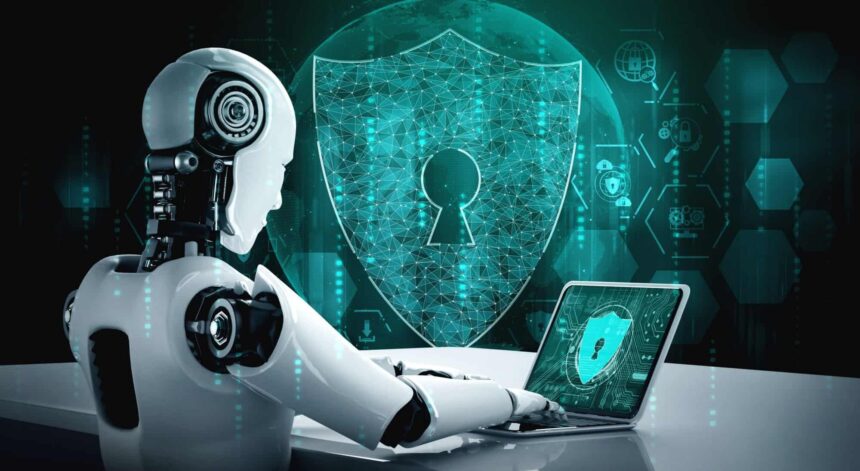For those on the outside looking in, the rise of AI can seem like a daunting event. It certainly doesn’t help that we live in a world where well-sourced journalism and factual content have been replaced by a tsunami of DIY content that is largely unsourced and clickbait that can instill fear in us on multiple levels.
Dealing with AI’s Monumental Impact
The reality is that AI is going to change every industry, and we are already seeing the early embers of that. While there will be bumps in the road and adjustments that will transform the fortunes of millions of companies and billions of individuals worldwide, so long as regulators and individuals within these industries are risk-averse and understand how to stay one step ahead of these innovations, then we should see much more of the benefits than the negatives.
Some of the earliest and most profound changes that AI has ushered in have been in the world of casino gaming, where platforms are using a range of AI tools to detect user behaviour, tailor marketing promotions for them, and identify problem gamblers. Mobile slots gaming is also integrating AI, with more casinos exploring the idea of live dealers controlled by AI and customer service desks that are exclusively staffed by AI chatbots, eliminating the need for human oversight.
Yes, we know this sounds a lot easier in practice, especially given the numerous unknowns in the AI world. However, one of the key areas where AI and technology are converging is in cybersecurity, a 24/7 battleground between experts and criminals.
On one hand, cybersecurity is leveraging AI to ensure our data remains secure; on the other hand, criminals are operating in the digital shadows, seeking to exploit the same technology to their benefit. But what is smarter threat detection, how does it work, and how does it impact you and your online data?
A Breakdown of Threat Detection
Although threat detection consists of many factors, the main components of it include:
- Monitoring phishing emails, text messages, and intrusion attempts.
- Addressing potential vulnerabilities or exploits within a system that could allow hackers to gain access.
- Understanding how malware and ransomware operate, including the latest threats, is crucial to staying ahead of cybercriminals.
Threat detection is about prevention more than the cure. As AI continues to enhance the level of sophistication in these threats, it’s not just experts in the UK who are pushing for smarter threat detection.
There have been calls for an international approach, where cybersecurity experts share information and give themselves the best chance of fending off online attacks from criminals. While smarter threat detection is essential, human awareness is also crucial, as a staggering 95% of all data breaches and cyberattacks result from human error.
AI can step in here, and the idea is for smarter threat detection to nip these problems in the bud before they even emerge. By delegating the task to AI programs, organizations can better prevent phishing emails and costly SMS scams from getting through. Smarter threat detection would ensure that this is the case.
Dealing with a Global Threat
Technology, when used correctly, can be significantly beneficial. Corporations streamline their marketing with the latest technology. Gaming companies utilise technology to expand their reach and entice a global audience. When technology is used for good, the benefits in cybersecurity can ensure that we rest easy, knowing that our information and data are secure.
Companies use biometric ID to ensure we can log in to apps and websites more easily and efficiently. However, we also need to ensure that these companies store our biometric ID, as well as other sensitive data, securely and keep it out of the reach of criminals.
Cybersecurity threats continue to evolve, and with prominent hacking groups leveraging AI to conduct more brazen and costly attacks, experts in the UK can collaborate with other cybersecurity analysts worldwide to ensure that threat detection remains the strongest and most resilient form of defence.
Final Thoughts
Regulation in AI and cybersecurity, alongside the implementation of the latest tools to ensure smarter threat detection, are among the key elements that will determine how the future of the industry shapes up.
Given the global, interconnected nature of these problems, although local efforts are better than nothing, it is ultimately down to the international community to provide a suitable legislative and regulatory framework that provides the most robust form of defence against the growing criminal threats that exist in the digital age.


